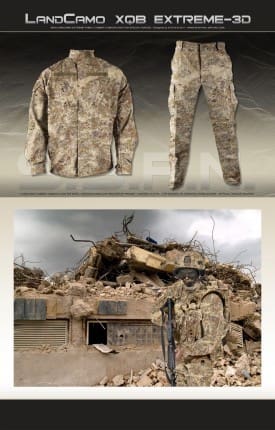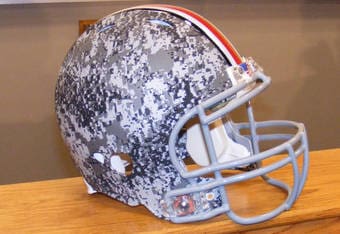The Schtick
We feel we’ve waited long enough for the Army to release their Camouflage Improvement Effort solicitation so we thought we’d get things cooking with a little camo contest. The idea is this. You design a new, original camo pattern and send it to SSD (Don’t submit somebodyelse’s work). On 15 April we collect all of the patterns, and over the weekend, post them as a poll to allow you, the readers to vote on your favorite pattern. Every original pattern that is submitted will be posted in the poll. Submissions are due 15 April so this gives you one week to develop your pattern and submit it.
To the winner goes the spoils!

SSD sponsor, GSS has generously offered a $500 gift card to the winner. If that doesn’t motivate you to participate, we don’t know what will.
The rules are simple
1. You must own the pattern you submit, it just has to be a camo pattern, and can be for any environment but remember, the winner will be chosen by a vote of SSD readers (cool is king here)
2. You must submit it in .jpg format but we don’t care if you do it on the computer, draw it by hand, stencil it with krylon, or even finger paint it; Just make sure we get it in .jpg format
3. We just want the pattern by itself, not applied to something
4. Make it as big as you want to show your pattern. We aren’t printing it on fabric so it doesn’t matter how long the pattern is or if it repeats
5. The submission phase of the contest closes at 1200 GMT on 15 April, 2011
6. Submit your pattern to camo@soldiersystems.net
7. You must be 18 to enter
8. Void where prohibited
9. Neither Soldier Systems Daily or GSS are responsible for improper entries or entries that violate other’s IP, nor are they responsible for the outcome of the poll used to determine the winner
10. One entry per person
By entering you retain all rights to the design but you give rights to GSS and SSD to use the pattern for promotional purposes.
www.gssgear.com



















































































































